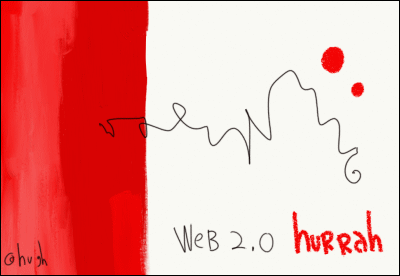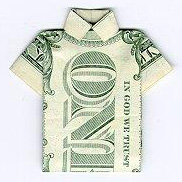February 14, 2006
The Time Barron’s Investing Thesis
Barron’s
Just last week, a good friend of mine asked me if he should invest in gold because he had read a Barron’s article recommending it a couple of months ago and he wanted to put his money somewhere safe for a few years before an expected downpayment on a house in 3 years or so. I warned him about how with that kind of time frame, it’s probably not smart to have relatively risky commodity exposure. But that Barron’s article looks pretty good in retrospect, as gold has soared and companies exposed to precious metals like Newmont Mining (NEM), Silver Wheaton (SLW) and Cameco (CCJ) having posted 20-40% gains in the trailing 3 months, even after their recent correction. Thinking about it, Barron’s is so good why not let them just do your work for you?
Fact: Barron’s is the best mainstream financial publication, frequently making incredible calls. The question though is what is your catalyst for exiting your position? It’s awesome to have a great reason (Barron’s) to buy a stock, but it’s decidely not awesome to not know when to sell it.
Time
As a wee JD, I loved movies and read reviews regularly. I noticed that no reviews were reliable judges for whether a movie would be empirically enjoyable. The NY Times was too conservative, holding a film’s own freshness against it, as if the heights of the past would never be reached again. Rolling Stone was too edgy, embracing films for their novelty and topicality. However, if the Rolling Times gave its unanimous approval, you knew it was a film worth seeing.
Enter Time Magazine. Time Magazine is America’s safest mainstream magazine — so large, thick and slow to react, that it frequently picks the top (or bottom) of any market by releasing covers that suggest the market or trend can only go higher (or lower). Dot com bubble? Time Magazine told you it could never pop approximately 4 minutes before it did. US invaded economically by Japanese in the late 80’s? Time let you know that they would soon own all the US assets and that America would become exactly like the movie Gung Ho except their would be no Michael Keaton to save us; within hours Japan entered into a prolonged bear market and longtime keiretsu employees were throwing themselves out of windows. Thus Time Magazine lets you know when the precise time to sell.
Time Barron’s
The Time Barron’s Investing Thesis is as follows.
- Step 1: Buy Barrons and Read Barrons
- Step 2: Do whatever Barrons says to do.
- Step 3: Wait.
- Step 3:
ProfitScan Time Magazine Covers; if a given week’s Time Magazine Cover agrees with Barron’s investment decision see Step 6, if not return to Step 3. - Step 6: Exit the position you entered into in Step 2.
- Profit.
Recommendation: Just this week Barron’s had an in-depth article implying that it may be smart to be short GOOG. Time on the other hand featured Google on their cover with similar concerns. Applying the Time Barron’s Investing Thesis this week, you would have to short GOOG and cover it immediately. (Editor’s note: We downgraded GOOG last week). Other positions gleaned from Barron’s are to be long muni’s and short companies with sub-prime lending exposure.



